What is phenology anyway?
When I was first told the title of my project “Phenology and Vegetation in the Warming Arctic 2021”, the most I could tell you about it was that the group was monitoring how climate change was affecting plants. Then, I went to the AON-ITEX conference in February 2020 (in preparation for a 2020 departure that never came), and while most of it went over my head, I learned that the group as a whole (of which my PolarTREC team is only one facet) studies these effects from a lot of different angles: an up close hand-by-hand interaction with plants, a wider view that’s based on the MISP, and even views from drones and satellites; not to mention the variety of interests within those scales as well from using satellites to monitor the North Slope’s coastline as the permafrost melts to using hand measured data to show how the rate of “green up” (plants turning green in the spring) has changed over the past several years.
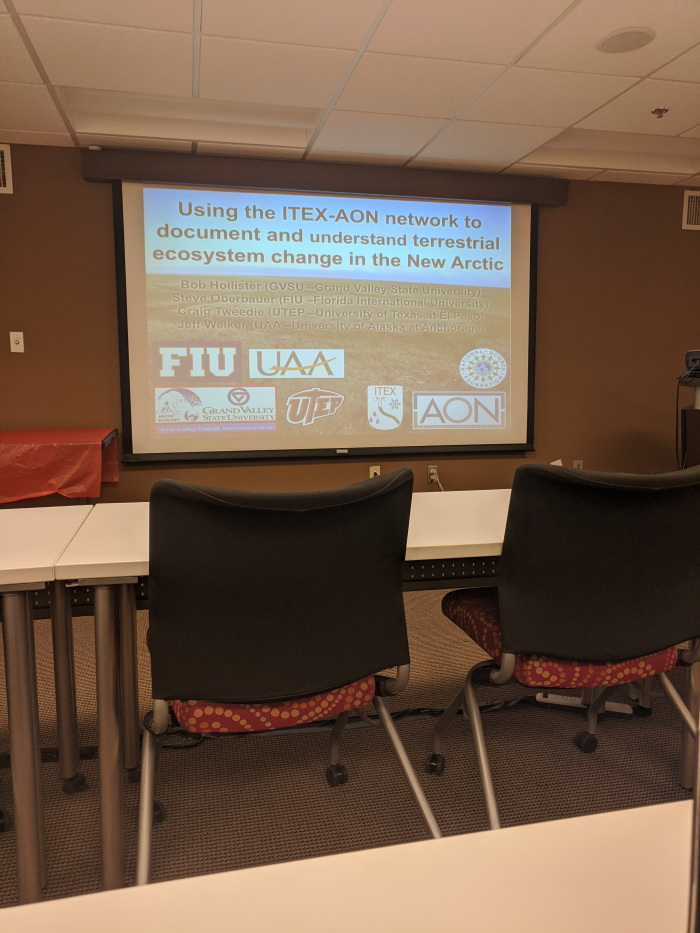
After the conference I had a better understanding of “the big picture” and how the parts that our group works on would fit into the larger puzzle.
But it didn’t ever answer the question: What is “phenology”?
I’ve googled it several times, and if you do, you will find the definition to be “the study of cyclic and seasonal natural phenomena, especially in relation to climate and plant and animal life”, and then google will ask you if you meant “phonology” instead (which ironically, is a word that means the study of contrasting speech sounds in linguistics).
This definition was satisfying to me until I heard phenology being used almost as a verb: “Tomorrow, we have to do phenology”; “Tuesdays and Thursdays are phenology days”.
I have since been told that this is only a slang way of using the word and that the appropriate way is to say “we have to take phenological observations”, which may have been part of why I was confused. Nonetheless, I like to wait to see if I can piece things together before asking questions, so I waited to be trained in phenology and until we had a phenology day (it took a while because several of the plots were still covered in snow when we first arrived and we had to wait while they melted out), I asked around, and I have a new explanation of phenology, which I will espouse at the end of this blog.
Phenology Day 1
Our first official phenology day was this past Thursday, although we had been partially trained via PPT and in the semi-melted snow by Steve before he left. Ruby, a researcher who works with the LTER (Long Term Ecological Research), joined us to see our process for phenology. LTER does a similar project and takes similar measurements, so it is helpful for us to collaborate.
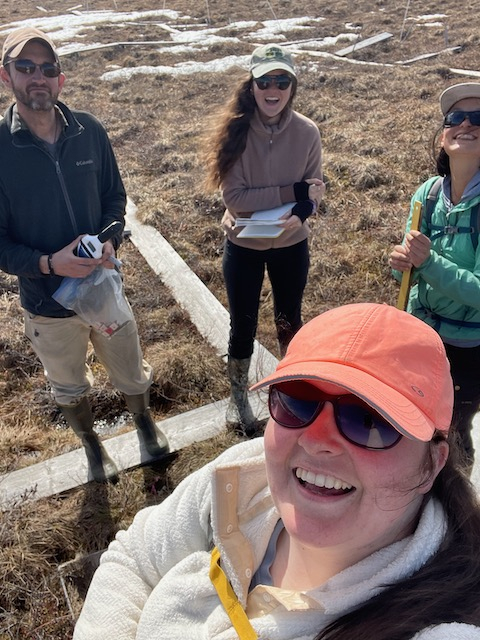
We went out to our Seasons plots, a set of 20 or so sections of arctic tundra that have boardwalk built around them and have been monitored and experimented on since the 90s. We currently only monitor the twelve control plots.
In doing “phenology” at these plots, we monitor 8 interest species as they develop (and then die) through spring, summer, and fall. On the way up to our research quadrangle on the hill, I asked Sarah for her definition of “phenology”, to which she responded that she describes it as monitoring stages in the plants life cycle as they grow and then die. This fits along with the “phenology” that we do in the crops: noting the presence of new flower and leaf buds, and then noting when those buds expand and break. In the fall, once I’m gone, they will also denote when the flowers start to wilt and fall.
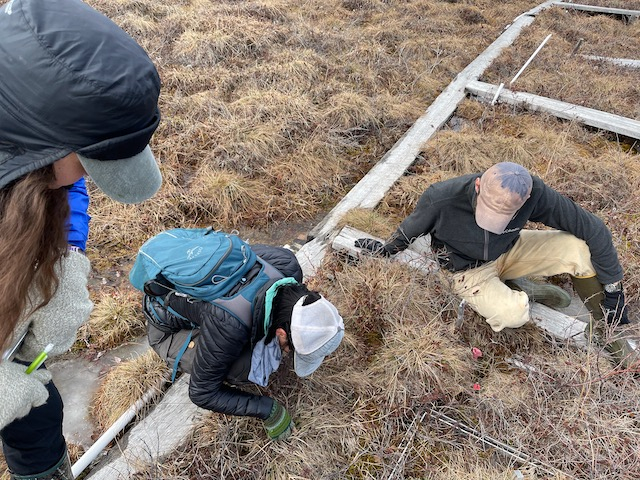
These measurements, taken painstakingly by hand, written down on paper, and scanned into the computer every year, have been taken essentially every year since the the 90s. Yesterday, I posed this question about “when do you switch from OLD measurements to NEW measurements”, and in the situation of Arctic science, when your experiments last for several decades and you need data to be consistent for as long as possible, you don’t ever switch completely, you simply ADD new measurements. In this case, that includes all the “tech” measurements: NDVI with the hand-held green seeker and UniSpec (to get the full spectrum).
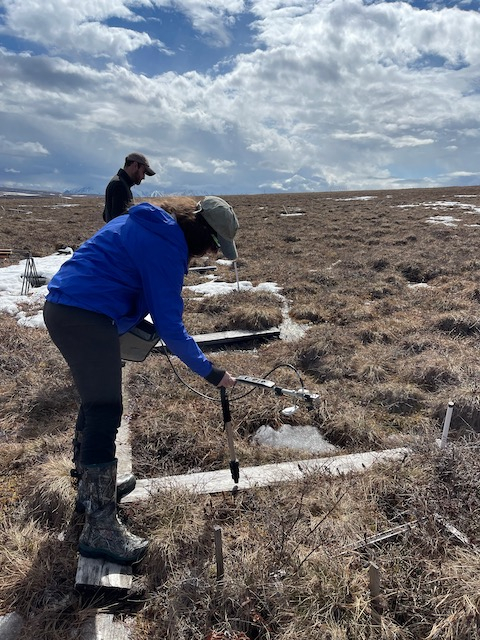
Phenology at Home
The Arctic’s growing season is very limited and the plants (mostly) all grow and die on roughly the same time cycle. But if you’re following this from a non-Arctic location (which I’m assuming most of you are), you have the chance to do phenology regularly as different species of plants come into bloom at different times. You may have unconsciously already participated in the practice if you’ve ever noted to a friend “look at this flower bud!” or if, like my mom, you text someone to say “We’ve got our first gardenia!”
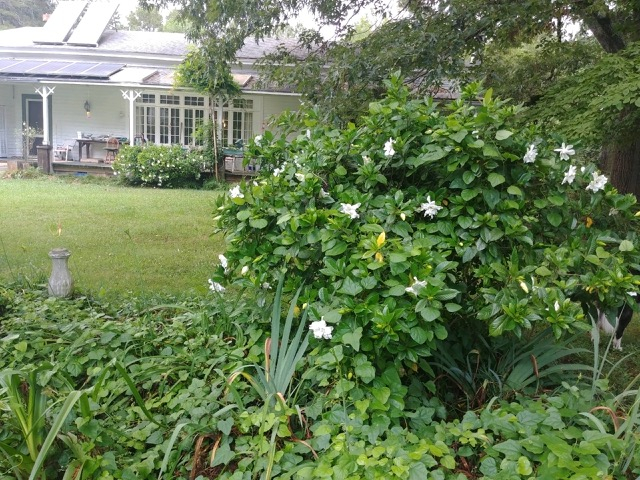
So, here’s your homework: Tuesdays are phenology days. What flower buds are present? What flowers are in bloom? What leaf buds are forming? Which leaves are wilting? Take notes of the plants around you and enjoy the experience of your surroundings.


Comments